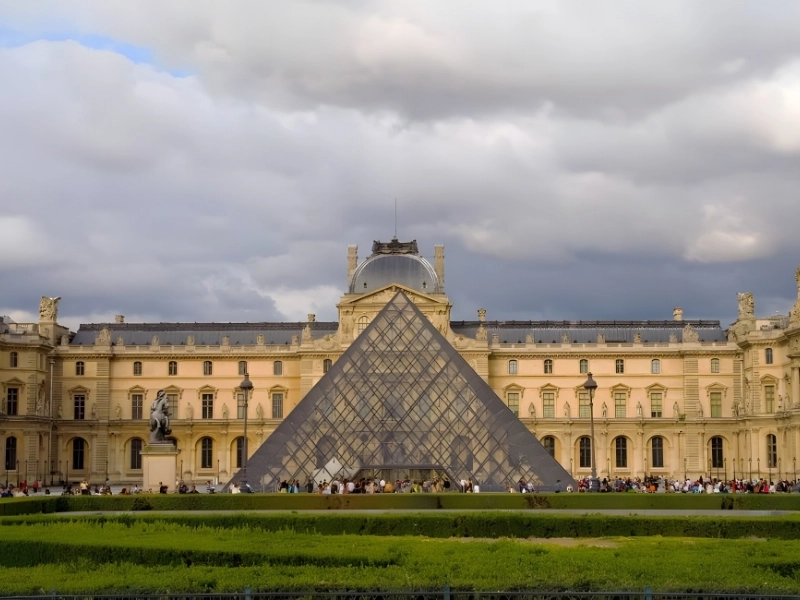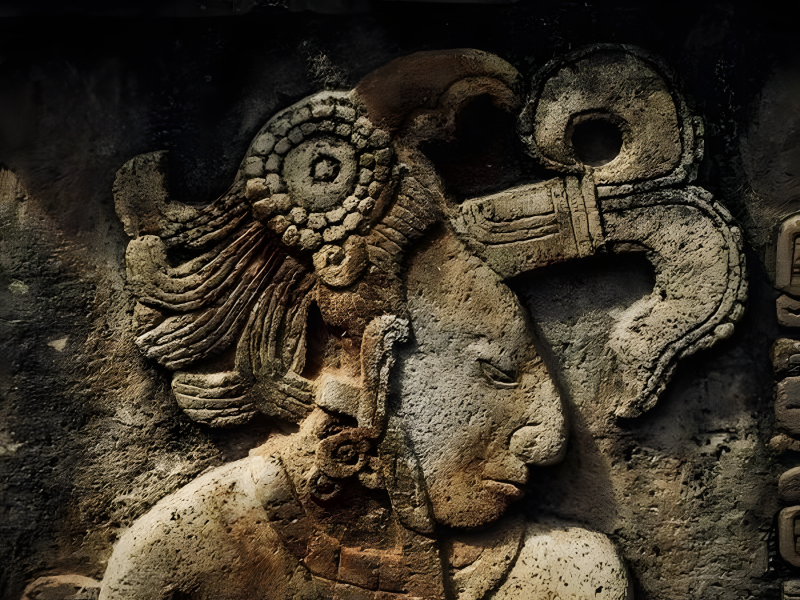Witness the Epic: Humanity's Priciest Engineering Feats Unveiled
16. The Palace of Versailles
The Louvre Overview Location: Paris, France Completed Cost: $4.5 billion* Year Established: 1190 Key Features Historical Significance: Commonly known as "The Louvre," this Gothic-styled palace was originally constructed in the 1100s and has a rich history as a royal residence.
Multiple Uses: Throughout the centuries, the Louvre has served various functions, including that of a military installation, before being transformed into a public museum.
Conclusion The Louvre stands as a testament to France's architectural and cultural heritage, evolving from a royal palace to one of the world's most renowned museums, attracting millions of visitors each year.

Historical Background of the Louvre
Origins and Evolution Initial Purpose: The Louvre was originally commissioned by Philip II Augustus as a castle to protect France's walls, highlighting its strategic importance in the past.
Continuous Development: Over the centuries, the French have consistently worked on and expanded the Louvre, transforming it into a grand palace and eventually a museum.
Tourist Attraction: Today, the Louvre is one of the most popular tourist destinations in France, attracting millions of visitors each year who come to appreciate its art and architecture.
Conclusion From its origins as a defensive castle to its status as a cultural icon, the Louvre embodies the rich history and artistic legacy of France, making it a must-visit landmark for tourists worldwide.








